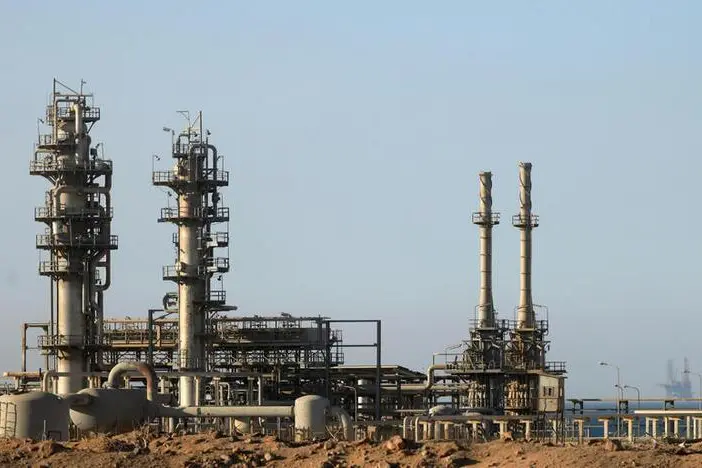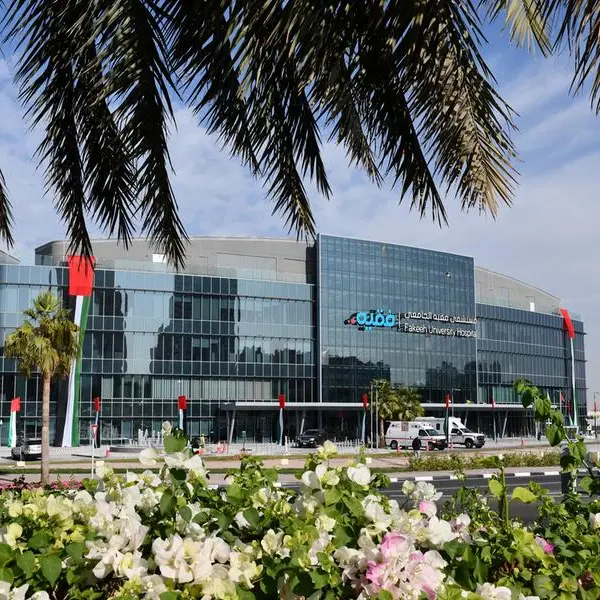PHOTO
The outgoing 2021 gave the oil industry the opportunity to recover after a difficult period. Prices rose rapidly, which returned confidence to stocks of oil and gas companies, despite the push toward energy transition. As of the last session of the past week, Brent traded at $76.14 per barrel whilst US benchmark WTI traded around $73.80 per barrel.
The oil market will enter 2022 with relatively positive expectations. Despite the fact that the consensus forecast assumes an excess of supply, market participants expect oil prices could see slightly lower average levels next year.
COVID-19 developments, the proxy of oil demand growth, and major consumer policies will continue to be the key drivers of prices in 2022, alongside OPEC+ supply management policies. The extent of the new restrictions due to the omicron variant and OPEC+ policies will determine how tight the market will be next year.
On the demand side, recovery continues, but at a slower pace.
The pandemic has not yet been defeated. In the autumn, the traditional season of the surge in viral respiratory diseases, the incidence of coronavirus increased significantly, and governments around the world began again to discuss lockdowns. A separate topic for discussion, and the reason for price decline, was the emergence of the omicron COVID-19 variant. The World Health Organization said the variant carries a “very high” global risk, although there is as yet no sign of the disease taking a severe turn. Next year, we will probably see more new variants, and it is difficult to predict how governments and market participants will react.
Large-scale vaccination has not yet been able to rid the world of social restrictions. This is especially true for international air travel. While demand for gasoline and medium distillates has already recovered to pre-pandemic levels, jet fuel consumption remains weak. As progress continues against COVID-19, air travel and jet fuel demand are expected to recover, serving as a key driver of demand growth.
Current forecasts from three major energy organizations (OPEC, the International Energy Agency and the US Energy Information Administration) suggest demand growth in 2022 in the range of 3.3-4.2 million barrels per day, which will allow a full return to pre-pandemic levels. The IEA expects the largest slowdown in demand growth compared to the current year. The most optimistic view of the market remains OPEC.
Despite the differences in exact expectations, the three organizations remain generally optimistic about oil demand, and this is perhaps what matters more than actual numbers, as appealing as these may be.
On the supply side, despite rising oil prices, US production recovered very slowly in 2021.
Due to the shortage of drilling, oil companies continue to actively put on-stream oil from drilled but uncompleted wells. In 2022, the number of drilling rigs in the US is expected to grow to the levels necessary to ensure stable production growth. According to the EIA, production in the US next year will average 11.85 million bpd. Given the fact that current production is already at the level of 11.7 million bpd, the actual production of 2022 may be higher.
OPEC+ countries will continue to adhere to its plan to steadily unwind production restraint, according to which the alliance’s production will increase monthly by 400,000 bpd until it fully recovers. However, this risks leaving the oil market in oversupply, even if the omicron panic doesn’t play out and oil consumption continues its steady rise.
It is expected that most OPEC+ countries will be able to return to pre-pandemic production by the end of the second quarter of 2022. However, there is a risk that individual members of the alliance will not be able to maintain such a pace. In recent months, a group of laggards has formed, led by Nigeria, which may continue to miss its quota. Difficulties are associated with technical problems and underinvestment in production facilities.
The issue of underinvestment may also be relevant for countries outside OPEC+. A number of experts warned that the low level of investment in the oil industry points to the risks that supply growth outside the group and the US will be significantly lower than forecast. These countries account for about one third of world production, so in this scenario oil prices may actually increase. This is not a basic forecast, but such risks should be borne in mind when market participants plan their positions.
On the geological side, after seven rounds of negotiations in Vienna in 2021, uncertainty remains over the future of the Iran nuclear deal. Without an agreement, the US will not lift sanctions on Tehran, and the latter will not be able to increase its production level by another 1 million bpd. At any time, the situation may change, and the supply of oil will begin to grow, putting pressure on the market balance and prices. Negotiations between the US and Iran will remain in focus in 2022.
Finally, oil inventories in major consuming countries were at a very low level at the end of 2021. It is expected that part of the supply surplus in 2022 will go to replenish them, which will maintain a smoother nature of price decline. As a result, many experts expect that the average annual level of oil prices in 2022 may be close to the values of 2021.
Dr. Namat Al-Soof
Copyright: Arab News © 2021 All rights reserved. Provided by SyndiGate Media Inc. (Syndigate.info).












